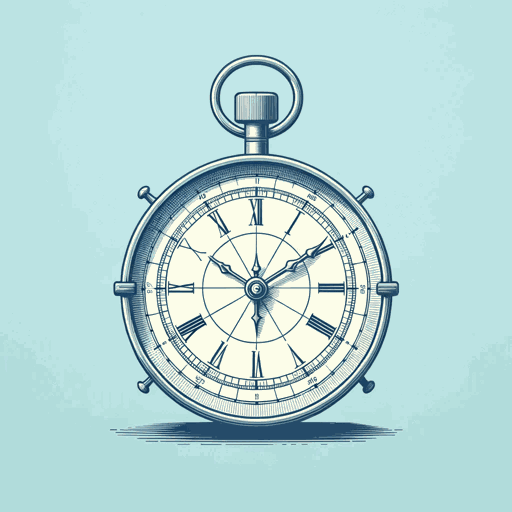68 pages • 2 hours read
Dava SobelLongitude: The True Story of a Lone Genius Who Solved the Greatest Scientific Problem of His Time
Nonfiction | Book | Adult | Published in 2005A modern alternative to SparkNotes and CliffsNotes, SuperSummary offers high-quality Study Guides with detailed chapter summaries and analysis of major themes, characters, and more. For select classroom titles, we also provide Teaching Guides with discussion and quiz questions to prompt student engagement.
Introduction
Teacher Introduction
Longitude
- Genre: Nonfiction; historical narrative
- Originally Published: 1995
- Reading Level/Interest: Lexile 1310L; college/adult
- Structure/Length: 8 chapters; approximately 191 pages; approximately 4 hours, 20 minutes on audio
- Central Concern: The central focus of the book is the historical quest to determine a method for accurately measuring longitude at sea during the Age of Exploration. Sobel explores the challenges faced by John Harrison, an English clockmaker, and others in developing reliable maritime chronometers. The book highlights the scientific and technological advancements that played a crucial role in navigation and the mapping of the world’s oceans.
Dava Sobel, Author
- Bio: Born 1947; American author and science writer; known for her ability to make complex scientific topics accessible to a general audience; authored several best-selling books on topics ranging from astronomy to the history of science; former science reporter for the New York Times; receives accolades for her engaging and informative writing style
- Other Works: Galileo’s Daughter (1999); The Planets (2005); A More Perfect Heaven (2011); The Glass Universe (2016)
CENTRAL THEMES connected and noted throughout this Teaching Guide:
- The Quest for Precision
- The Lone Inventor
- Integrity Versus the Prize
STUDY OBJECTIVES: In accomplishing the components of this Teaching Guide, students will:
- Develop an understanding of the historical and scientific contexts related to maritime innovation in the 17th and 18th centuries, which impacted the development and reception of John Harrison’s sea clock.
Related Titles
By Dava Sobel



